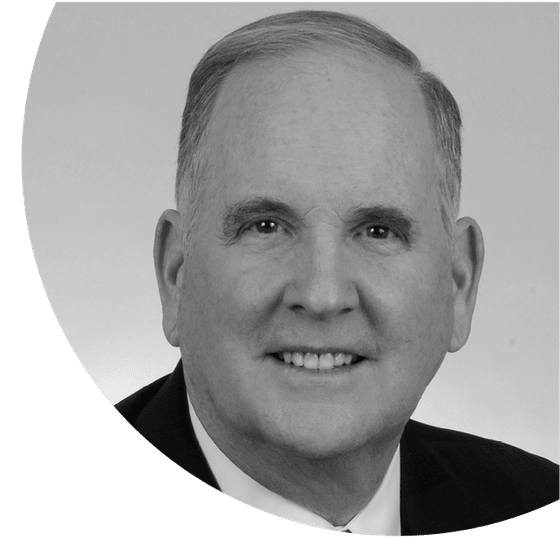DEPARTMENTS

PRESIDENT'S MESSAGE
Working to Contain COVID-19
BY LINDSAY COOK, AIHA PRESIDENT
From the beginning, AIHA has taken the lead in organizing our profession’s response to the most serious public health crisis since the 1918 flu pandemic. The following are highlights of what we’ve accomplished, and some thoughts on what we still need to do.
AIHA.org resources. Before COVID-19 had spread beyond Asia, AIHA created our Coronavirus Outbreak Resource Center, which collects guidance from CDC, NIOSH, OSHA, and other authoritative organizations. Since then, the collection has expanded to include links to many free AIHA resources, including white papers, guidelines, infographics, and publications such as The Role of the Industrial Hygienist in a Pandemic. Among the many new resources our volunteers crafted are a guidance document on real-time detections systems for protecting the public during the pandemic and a white paper on PPE for SARS-CoV-2.
LINDSAY COOK, CIH, CSP, FAIHA, is retired senior vice president and now principal consultant at The EI Group, an environmental health and safety consulting firm in Morrisville, North Carolina.
Send feedback to The Synergist.
From the beginning, AIHA has taken the lead in organizing our profession’s response to the most serious public health crisis since the1918 flu pandemic.
Back to Work Safely. If you aren’t familiar with AIHA’s Back to Work Safely initiative, see page 12 to learn how a team of volunteers quickly created a number of guidelines that different types of small businesses are using to protect workers and customers. The number of documents available from backtoworksafely.org has grown to 25, with several available in Spanish. As of late July, the documents had been downloaded nearly a million times. We also recently added free, ready-to-print posters that remind people to follow recommendations to help stop the spread of COVID-19.
Catalyst discussions. AIHA’s online community, Catalyst, has proven to be an essential tool for members to seek advice from colleagues and discuss practical issues of importance to their daily work. Vigorous discussion among members has brought to light relevant ideas for webinars, research, and new guidance documents—aimed at informing occupational health professionals and protecting workers and the general public during the pandemic.
Public policy. In April, AIHA successfully petitioned the U.S. Cybersecurity and Infrastructure Security Agency to update its list of “essential” workers to include occupational health and safety professionals. Then in July, following Virginia’s adoption of the nation’s first emergency temporary standard for COVID-19, AIHA arranged for an online discussion with two members of the Virginia Safety and Health Codes Board. For information on how to access the recording of this event, visit AIHA's website.
Our members will continue to be at the forefront of this global crisis and are looking for new ways to contribute. Education around PPE and clear communication about the value of correctly wearing face coverings are among the most pressing needs. Your suggestions about how AIHA can help meet these and other needs are most welcome—please email your thoughts to AIHA.
While the pandemic has disrupted virtually every facet of our daily lives, it is exciting to see the rise in public awareness about the value of our profession and our critical contribution to protecting health, well beyond our established role in the occupational arena. We must redouble our efforts in finding new ways to contribute in order to ensure the awareness of our profession continues to grow long after the current pandemic is a distant memory.

